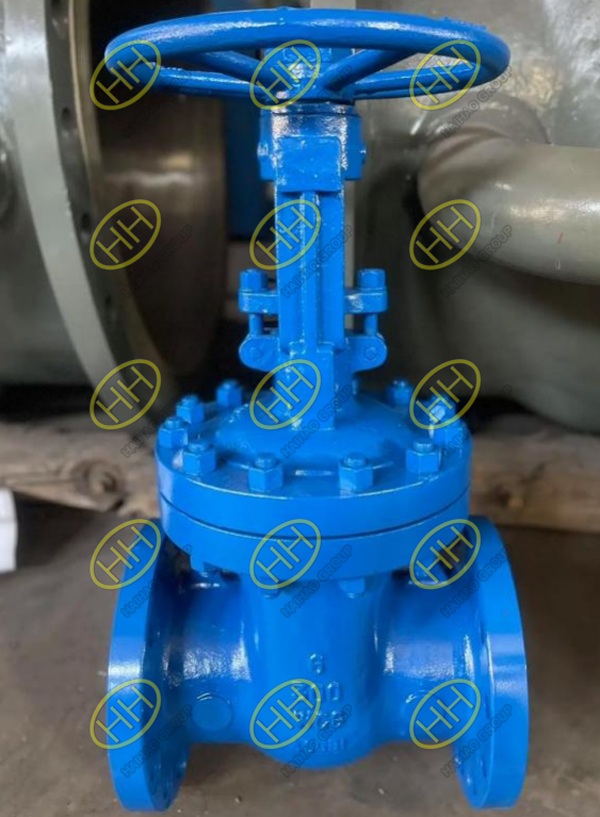Causes and solutions for gate valve handwheel stiffness
Gate valves are essential components in fluid control systems, but sometimes their handwheel rotation becomes stiff or difficult, leading to operational failures. This issue can be caused by multiple factors, including mechanical wear, improper material selection, and environmental conditions. Understanding these causes and implementing preventive measures can significantly extend the valve’s lifespan and improve performance.
Common Causes of Handwheel Stiffness
1.Bent or twisted valve stem – Excessive force or mechanical stress can deform the valve stem, making rotation difficult.
2.Poor surface finish – If the surface precision of the stem and nut is inadequate, friction increases, leading to operational issues.
3.Thread damage from rough operation – Sudden or excessive force can strip or damage the threads, affecting movement.
4.Lack of lubrication – Without proper lubrication, the valve stem and nut can seize up, making turning difficult.
5.Misaligned stem nut – If the valve stem nut is tilted, the stem may not move smoothly.
6.Incorrect fit tolerance – If the stem and nut fit too tightly, excessive friction can cause stiffness.
7.Exposure to harsh environmental conditions – Outdoor gate valves without protection may accumulate dust, sand, and corrosion from rain, frost, or snow.
8.Thread corrosion from the process media – In rising stem gate valves, process fluids can corrode the stem threads or stem nut, leading to stiffness.
9.Inappropriate material selection – If the valve stem and stem nut are made from the same material, they are more likely to seize together due to galling.
Prevention and Solutions
1.Avoid excessive force – Operators should use a controlled amount of force when turning the handwheel, avoiding hard twisting.
2.Ensure high machining precision – The stem and nut must meet quality standards to ensure smooth operation.
3.Operate the valve with care – Avoid forceful closing and never over-rotate when fully opening. After reaching the stop point, turn the handwheel back one or two turns to ensure proper seating and prevent upward pressure on the stem.
4.Maintain proper lubrication – Regularly inspect and apply appropriate lubricants to prevent dry operation.
5.Correct or replace misaligned stem nuts – If the stem nut is tilted, reposition or replace it to ensure proper alignment.
6.Adjust or replace the stem nut – Ensure the stem nut meets design tolerance standards to reduce excessive tightness.
7.Regularly clean outdoor valves – Remove dust and sand from the stem and nut to prevent corrosion.
8.Use protective covers for outdoor valves – A valve stem cover can shield the threads from weather conditions.
9.Use different materials for the stem and nut – Ideally, bronze or brass should be used for the stem nut instead of the same material as the stem to prevent galling.
Handwheel stiffness in gate valves is a preventable and fixable issue that mainly results from mechanical wear, lack of lubrication, and environmental exposure. By following these preventive measures and solutions, industries can ensure long-term reliability and smooth operation of their gate valves. Regular maintenance, careful operation, and appropriate material selection are key to minimizing these problems.
Haihao Group specializes in high-quality pipeline solutions, ensuring your valves operate efficiently and reliably. Contact us for professional support! Email:sales@haihaogroup.com


